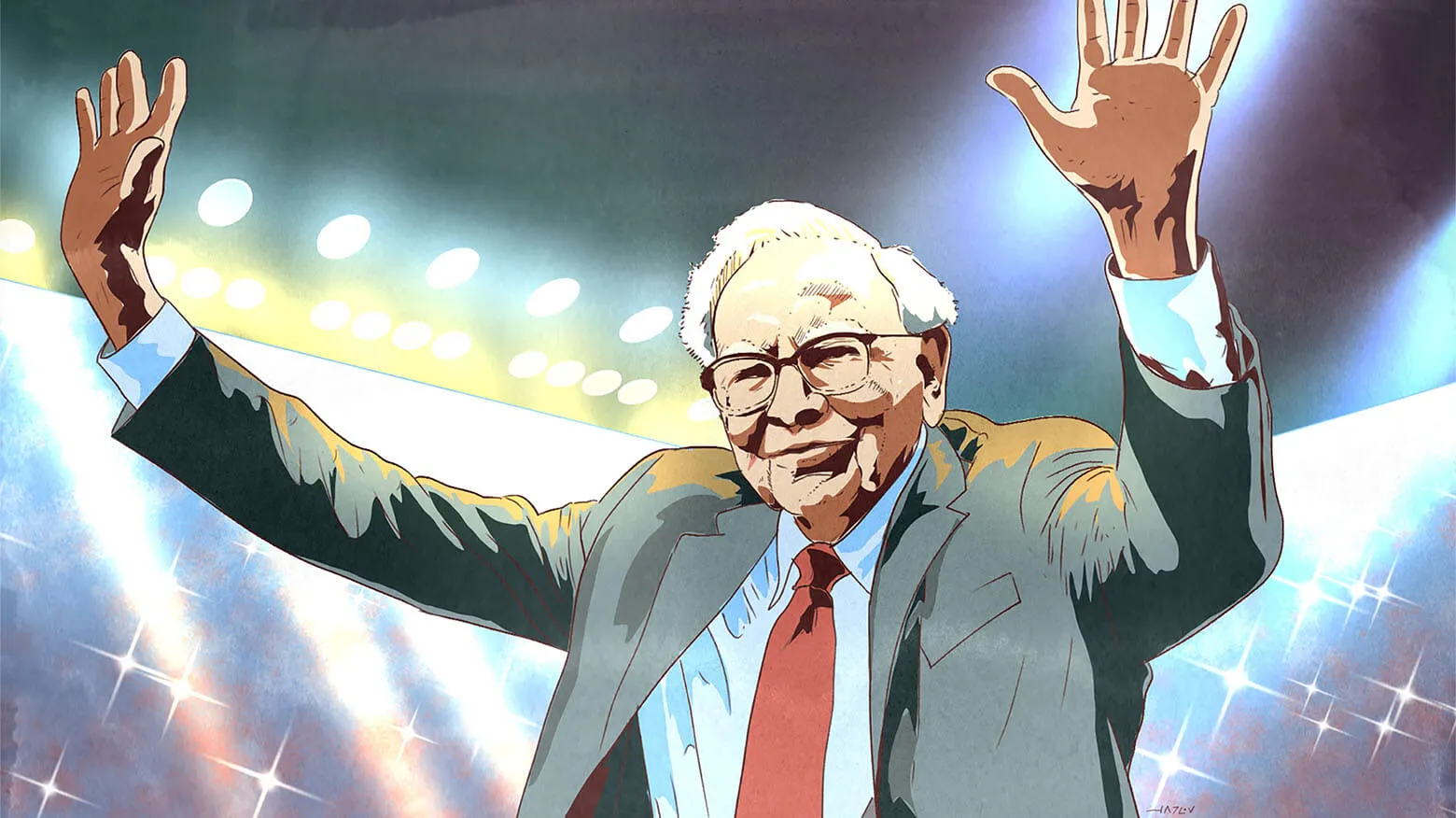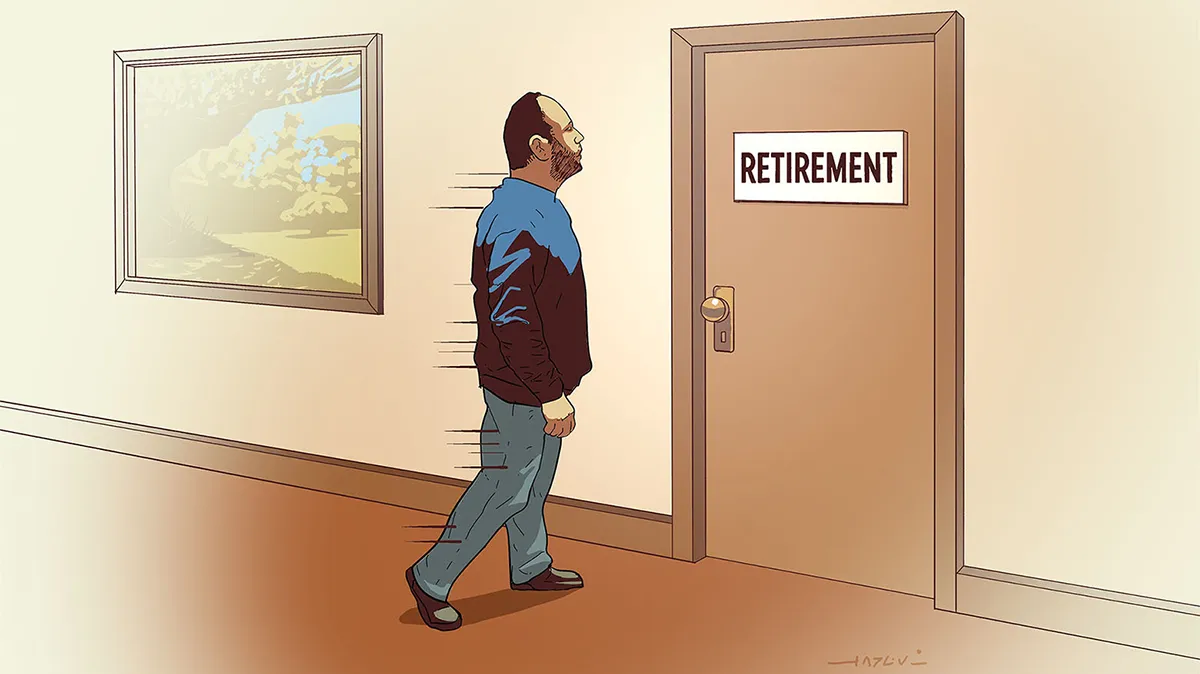My thesis for buying Wal-Mart (WMT) was very simple: once it improves its store appearance and merchandise, existing customers will spend more money and new customers will start spending new money on higher margin merchandise. Same store sales will go up and everybody will be happy (except competitors like Bed Bath and Beyond (BBBY), Linens and Things (LIN), etc.). Then, international growth will keep the giant growing for years to come.
So far so wrong. Same store sales dipped into negative territory – not so good. International growth? Well, exiting Germany and South Korea was not part of my plan but it actually made sense, Wal-Mart could focus on the countries where it has a competitive advantage and labor laws are less… well, socialistic.
As I’ll say many times in my upcoming book (it is never too early to promote a book), in today’s market you should keep your stocks on shorter leash – sell sooner, don’t let the problems escalate into big losses. Wal-Mart is no exception, I have no intention of making excuses for the company; it is not my job, my job is to analyze. Putting my analytical hat on (which rarely comes off anyway), should I be worried about the stock at this point? I should if negative same store sales are an indication of a longer-term trend, therefore violating my thesis for owning the stock. So far I am not convinced that the subpar performance I observed over the last two months is an indication of a long-term trend for several reasons:
- Wal-Mart is remodeling more than half of its US stores, remodeling of existing stores could have caused – in part – a decline in same store sales.
- It terminated its layaway program. I don’t know what percent of sales layaways represented (the company doesn’t disclose it), its probably not very significant but on the margin contributed to same store sales going negative.
Wal-Mart’s offensive PR move on $4 generic drugs was an indication that this company is still run by smart and agile management. The stock is not very expensive, trading at about 16x earnings not discounting high growth. That is in part why it was only down 2.5% on negative news and a bad market. Its free cash flows are about to balloon as it will slow the opening of new stores in the US. This will spill into higher share repurchase and possibly higher dividend. Wal-Mart’s management has executed in the past, but it is famous for taking the wrong steps first, regrouping and making great ones.
Wal-Mart has found its place on my double secret probation group – I’ll be watching company’s operating performance like a hawk and if over next couple of quarters it fails to produce positive mid single digit same store sales, it will find itself in my recycle bin.









0 comments